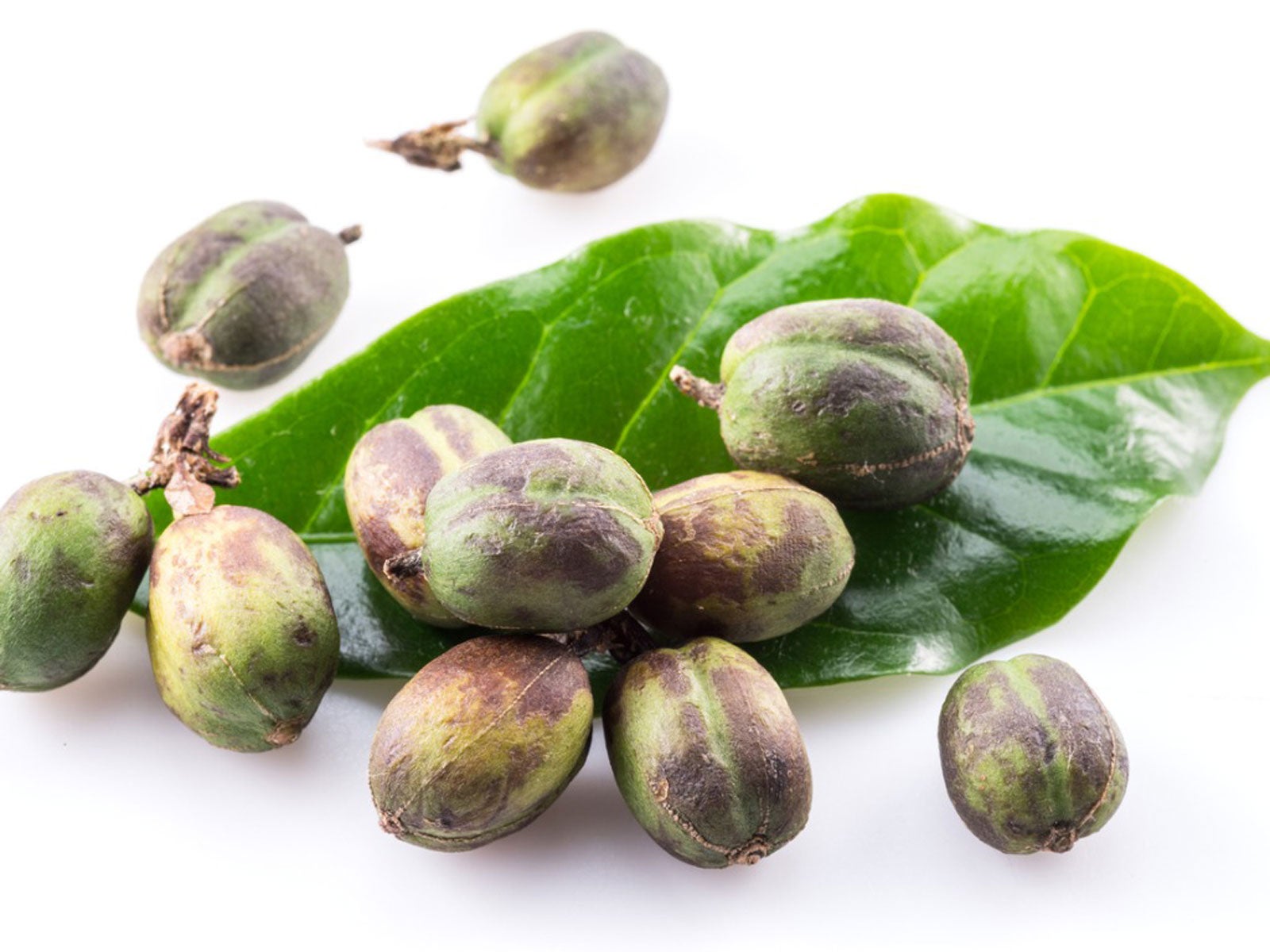Indoor Coffee Bean Plants: How To Sprout Coffee Seeds

Coffee, how do I love thee, let me count the ways: black drip, drip with cream, latte, cappuccino, macchiato, Turkish, and just plain espresso. Many of us, unless you're a tea drinker, relish our cup of Joe and some of us -- I'm not naming names -- rely on a cup of coffee just to stagger out of bed in the morning. For those of us with this shared love, the idea of growing coffee bean plants has exciting possibilities. So how do you germinate coffee tree seeds? Read on to find out how to grow coffee from seed.
How to Grow Coffee from Coffee Plant Seeds
Ideally, to grow coffee bean plants, you should start with a freshly picked coffee cherry, but most of us don't live in a coffee producing country, so this is a bit problematic. If, however, you do happen to reside in a coffee producing country, pick ripe coffee cherries by hand, pulp them, wash, and ferment in a container until the pulp flops off. After this, rewash, discarding any beans that float. Then dry the beans on a mesh screen in open, dry air, but not direct sun. The beans should be slightly soft and moist inside and dry on the outside; bite into it to find out. Since most of us don't live in a coffee-producing region, green coffee can be bought from a green coffee supplier. Make sure it is from a fresh, recent crop. Although the bean can be germinated for almost four months, surer results are had if fresh. You will probably want to plant many seeds to get one plant; they're kind of finicky. Fresh seeds germinate in 2 ½ months while older seeds take about 6 months.
How to Sprout Coffee Seeds
Once you have your seeds, soak them in water for 24 hours, drain, and then sow in damp sand or wet vermiculite, or put the seed between moist coffee sacks. After you germinate coffee tree seeds, remove them from the medium. Place the seed flat side down in a hole made in loam soil with a high humus content to which rotted manure, bone meal or dried blood can be added. You can also try a lightweight, porous soil. Don't press the soil down. Place ½ inch (1 cm.) of mulched grass atop to conserve moisture but remove it when the seed has germinated. Water seeds daily but not too much, just moist. Once your seeds have germinated, the plant can either be left or transplanted in a porous, low pH soil with a high nitrogen content. Orchid fertilizer may be used sparingly on the coffee plant to maintain the low pH and add minerals. Place the plant indoors under artificial lighting. Water once a week and allow to drain, and again during the week with fertilizer. Keep the soil moist and well drained. Patience is now a definite virtue. It takes two to three years for the tree to flower and possible cherries to be produced. To encourage flowering, reduce watering at the start of winter for the successive two to three months. Once spring begins, water the plant well to shock it into bloom. Oh, and then you still aren't done. Once the cherries mature, you can harvest, pulp, ferment, dry roast and then ah, finally enjoy a nice cup of drip. It takes some painstaking effort to mimic tropical high altitude conditions where coffee bean trees thrive, but well worth the effort, even if you don't get the finest quality java out of your tree. There's always the corner coffee shop.
Sign up for the Gardening Know How newsletter today and receive a free copy of our e-book "How to Grow Delicious Tomatoes".

Amy Grant has been gardening for 30 years and writing for 15. A professional chef and caterer, Amy's area of expertise is culinary gardening.
